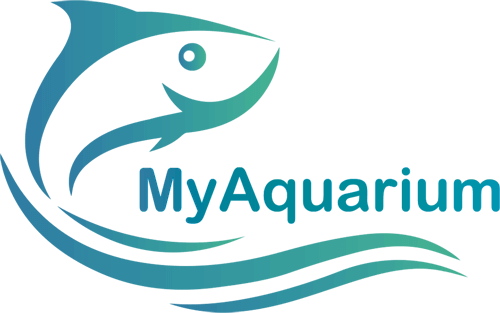Ich or White Spot Disease (Ichthyophthiris multifiliis) is one of the most common parasitic diseases affecting tropical fish. It is also one of the most persistent in the world of fishkeeping.
The disease is caused when a protozoan attacks and attaches to a fish’s body, fins and gills. The white dots / spots that appear usually look like grains of salt or sugar, but each is a tiny parasite. They are very harmful to fish and can cause problems with breathing, mobility and even death. Once the parasite has stabilized in the aquarium, it will be difficult to control this infestation because they reproduce very quickly.
See also:
If not controlled, there is a 100% mortality rate for fish in the aquarium. Ich is very contagious. When one of the fish in the aquarium has the disease, it will not be long before the rest of the fish also show the same symptoms. However, with fish careful treatment, water, ornaments and plants in the fish tank, the disease can be controlled and exterminated.
Diagnosing Ich (White Spot) Disease
In the first stage of the disease, before the white spots begin to appear, infected fish will exhibit some or all of the following behavioral changes:
- The fish will start to itch on stones and decorative objects (the parasite has crossed the protective mucous membrane that covers the skin);
- Disordered swimming;
- Your fins will stick to your body;
When white spots appear, they are the size of the head of a small pin. The first spots will appear on the fins and can be seen in direct light. As the disease progresses, more spots will appear on the rest of the animal’s body.
If the gills are affected, the fish may begin to swim to the surface more than normal. This is because they are having a hard time breathing. When peri-orbital tissues and eye muscles are affected, the eyeball will protrude.
Ich (White Spots) Treatment
Antiparasitic Medication
The Ich parasite can only be attacked by drugs at a very specific point in its life cycle. The medication can work during what is called a “free phase”, when the parasite multiplies. Once the infection phase begins, the medication will not work because the parasites are inside the fish tissue.
Antiparasitic medication, very common in the pet market, are the most recommended to be used in these cases, and must be of the antibiotic type, specifically for anaerobics. In this way, they do not attack aerobic denitrifying bacteria in the aquarium.
Rising Water Temperature
It is possible to fight parasites by accelerating their biological cycle, thereby reducing the window of opportunity for exposure and making medicines more effective. One way to do this is to increase the aquarium water temperature to 30 °C and cold water aquariums to 22 ° C. This can be very effective in the early stages of the disease.
See also:
What causes Ich (White Spot)?
The disease can be caused by:
- Abrupt changes in environmental conditions, for example, if the replacement water is at a lower temperature than the aquarium water temperature.
- Fish introduction that were incubating the disease in a poorly maintained aquarium.
- Introduction of decorations or plants that transported parasite cysts.
How To Prevent Ich (White Spot)?
The disease is easily preventable. Some basic measures to maintain a healthy aquarium and free from this parasite include:
- Maintain pH and temperature levels for the species that inhabit the aquarium;
- Perform frequent water changes with suitable conditioners and always maintain the same temperature when performing Partial Water Change;
- Buy fish and plants that come from healthy aquariums;
- Perform a quarantine of at least two weeks before introducing new fish to the main aquarium;
- Stones, woods and decorative objects must be boiled before being introduced into the aquarium;
- Use a good disinfectant for the plants before introducing them into the aquarium.
How Do Ich Parasites Work?
The parasite that causes Ich has a unique biological cycle. In its free phase, it reproduces. In its infective stage, it feeds on the tissues of the affected fish.
See also:
In the infective phase, the parasite passes through the outer layers of the fish’s skin. Has no preference for any particular fabric. It can invade the skin, gills, eyes or fins.
Once attached to the fish’s body, the parasites produce micro-circulatory lesions that cannot be seen with the naked eye. These put the protozoa in contact with the fish’s immune systems. When the immune system reacts to stop the infection, it tries to isolate the parasites by wrapping them with a layer of epithelial cells. The reaction is knowlegde as epithelial hyperplasia and causes so-called white spots.
Once the parasite is large enough, it leaves the fish and goes down to the bottom of the aquarium. Then it multiplies, producing up to 2000 new parasites.
The duration of the biological cycle varies with the water temperature:
- At 25°C degrees: 3 to 6 days.
- When 15°C degrees: 10 days.
- At 10°C degrees: 25 to 30 days.
As we can see, Ich is a more common disease than we imagine and can cause a lot of damage to our fish. What is your experience with this disease and how did you manage to eradicate it from your aquarium?




